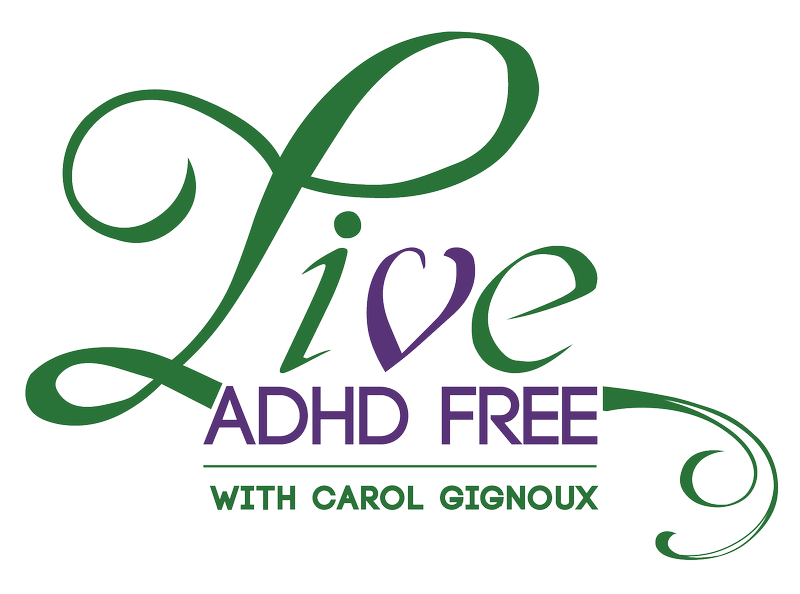Dysfunction in the workplace can occur because of untreated ADHD. As mentioned before there are real costs related to under performance in the workplace. Without certain parameters in place, your organization is probably missing the true potential of many employees; potential that could yield great ideas and profit.
Difficult employees aren’t really difficult
Often labeled as “difficult employees,” employees can many times be dealing with untreated ADHD. They may not meet objectives or goals because they struggle with staying focused and prioritizing. They may miss deadlines and have challenges communicating effectively. The typical response to these employees is one of discipline. There is a better alternative.
Companies that invest in understanding and helping workers achieve their potential, instead of disciplining them, see significant positive returns. In this article, you’ll find ideas beyond a sink or swim mentality. You’ll find opportunities to change underperformers to overperformers by providing them tools for success.
Not all brains work the same
These underachievers often suffer from untreated ADHD or ADD, which really means their brains work differently. Those with ADHD have an “innovator brain.” These employees may also have dyslexia or learning challenges. Understanding how these people operate is the first change to make. The second change revolves around how to get help assistance that is beneficial and cost-effective.
How to initiate change
To get in touch with the underperformer’s mindset, educate and train managers and supervisors. Frequently, we hear that the disappointment and frustration of these managers revolve mostly around communication issues. These managers want to help but feel powerless.
They lack knowledge, understanding, and time. The key to removing the barriers is to take action to inform and equip managers. That can be achieved with little cost and time when you consult with a professional.
Both managers and employees have to initiate change. This requires insights for each perspective. A professional ADHD coach has the ability and skills to bridge the gap between employee and workplace. They can provide education and training for the supervisors for a fraction of the cost when compared to productivity losses and turnover.
ADHD Coaches offer help to employees with specific needs resulting from dyslexia, learning disabilities, and communication difficulties. Even employees that had never had a diagnosis may learn they have untreated ADHD. A coach brings in structure and accountability for both the manager and employee. This leads to permanent change.
Learn more about how to address untreated ADHD in the workplace
Learn more about these solutions and finding a new perspective on underperformance in the workplace with Highly Effective Workplace. We’ll also continue on this topic of addressing underperformance in the workplace, talking next about “how to” turn promising underperformers into overperformers with confidence.

